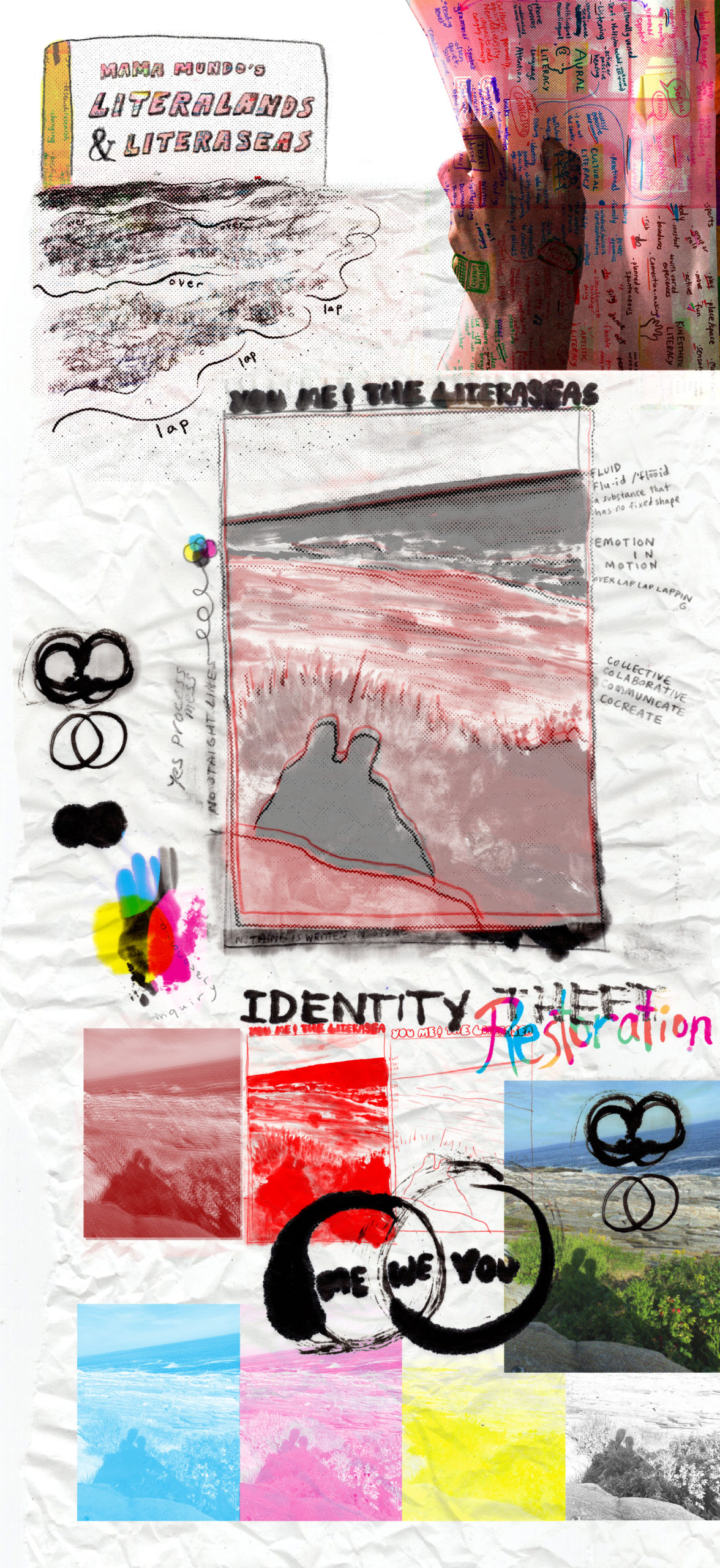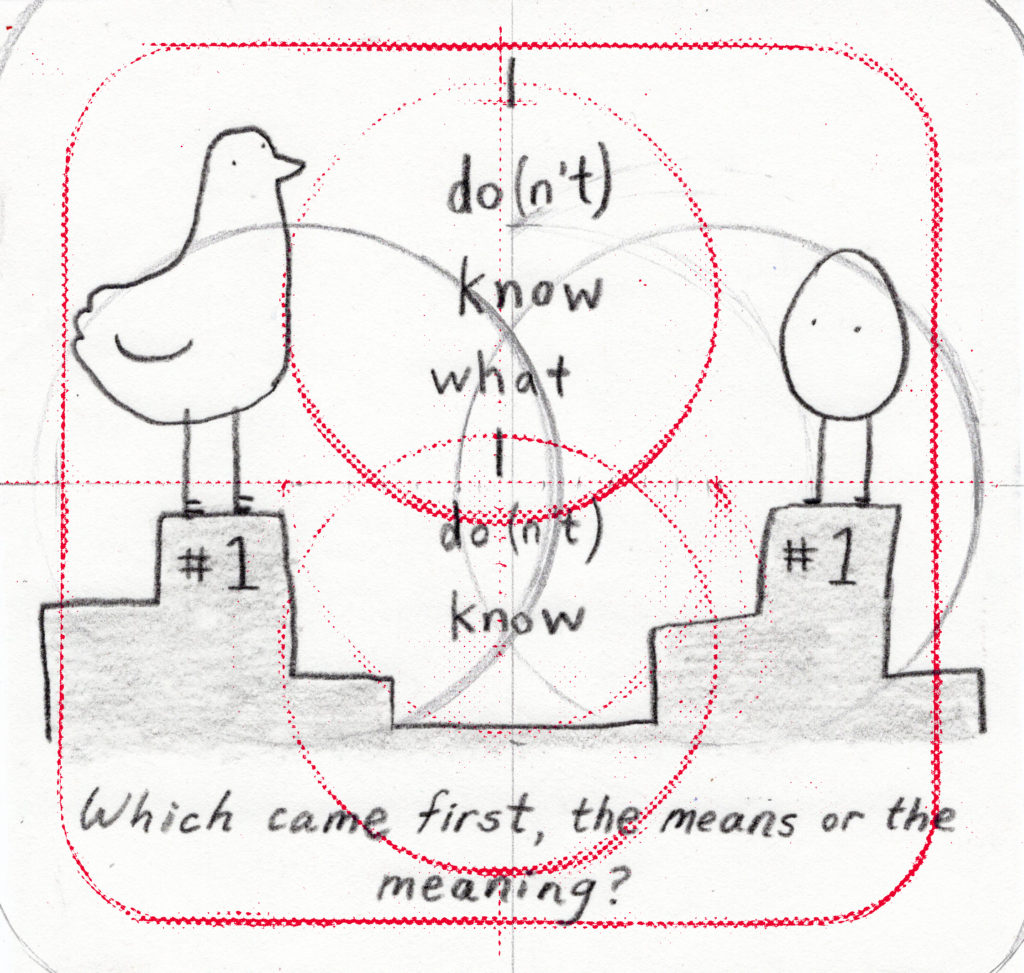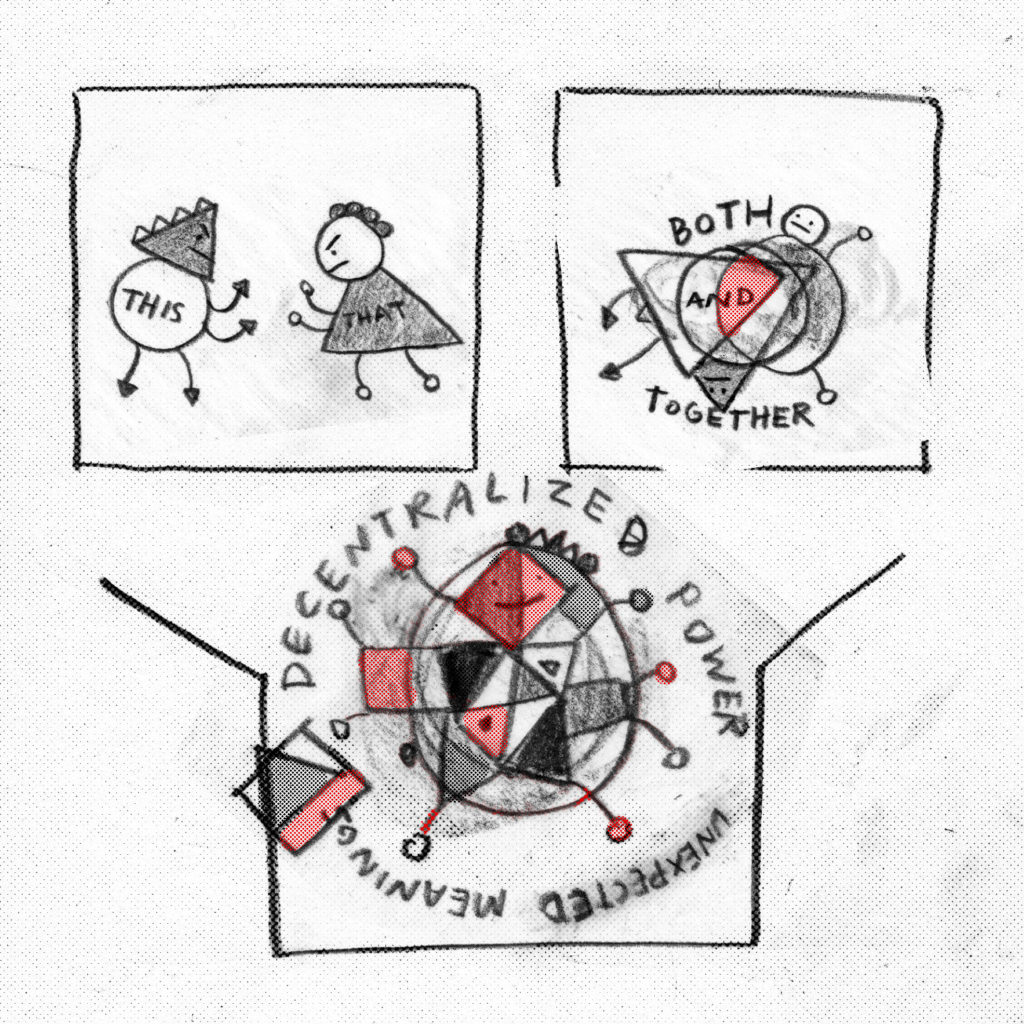Introducing the Customized Arts Learning Toolkit!
The State Education Agency Directors of Arts Education (SEADAE) is a collaborative organization of state education agency arts specialists. At SEADAE, we recognized there was a need for resources to help educators select and develop authentic arts instructional approaches intended to address the traditions and experiences of students. So, we decided to create a toolkit for educators to engage in this work. Members from across the country contributed to the overall project by building and curating resources that became the Customized Arts Learning (CAL) toolkit. Funding for the project was generously provided by the National Endowment for the Arts.
What is the Customized Arts Learning Toolkit?
The CAL toolkit supports personalized learning in arts education and promotes strength-based instructional practices in arts education. The toolkit aims to equip educators with resources that address the needs of various students while incorporating their backgrounds and perspectives into the art room, rehearsal space or dance studio. This fosters a collaborative learning environment for both students and teachers.
Who can use the CAL Toolkit?
The toolkit was created for anyone who works in the pre-K through 12th grade arts education ecosystem, including:
- Arts educators
- Classroom teachers
- Teaching artists
- Community arts organizations
- Arts education leaders
How To Use the CAL Toolkit?
The CAL toolkit has three main components. In the Preparation section, the educator explores and understands their own cultural and artistic perspectives (Know Myself), the backgrounds of their students (Know My Students) and creates a lesson or unit plan (Plan). The lesson or unit plan could address National Core Arts Standards (NCAS) Anchor Standards 10 and 11 and/or local learning outcomes.
- NCAS Anchor Standard 10: “Students will apply their knowledge of _____ to create/perform/present/produce/respond to _____.”
- NCAS Anchor Standard 11: “Students will explain the cultural context and significance of _____.”
The teacher’s vision for the plan should also align with district goals and be thoughtful and intentional — how could this experience center students’ common identities, broaden their horizons or celebrate unique cultural viewpoints within the student body? Whether it’s bringing an artistic cultural insider into the classroom or visiting a museum, cultural center or an online virtual space such as the Smithsonian Learning Lab, careful planning will ensure the experience is positive and meaningful for all students.
The Experience section is where learning happens. In the Engage portion, students notice, share and wonder. In the Explore portion, students have an artistic cultural experience — whether in person or online. In the Express portion, students debrief, respond and reflect on what they learned and discuss how to apply it to their own art making, performance practice, etc.
The Conclusion is the final piece of the toolkit. After following the Engage, Explore and Express steps, the teacher reflects on the experience and student learning, and shares success stories. The teacher then builds on this success to strengthen the educational, professional and cultural communities. These final steps ensure the experience is not a singular event and has the potential to shape the trajectory of artistic cultural exploration and innovation in the classroom for years to come.
Intended Impact
Ultimately, we want ALL students to engage with and enjoy high-quality arts learning. The goal of creating the CAL toolkit was to provide educators with resources to support the needs of students, thus addressing gaps that impair learning. We hope that using the CAL toolkit will create powerful bonds between the school, arts education and cultural communities. By sharing this resource, we predict that arts leaders, educators and community arts organizations will be equipped to implement and promote customized learning and instruction in the arts so that all students achieve success and interpersonal growth.





